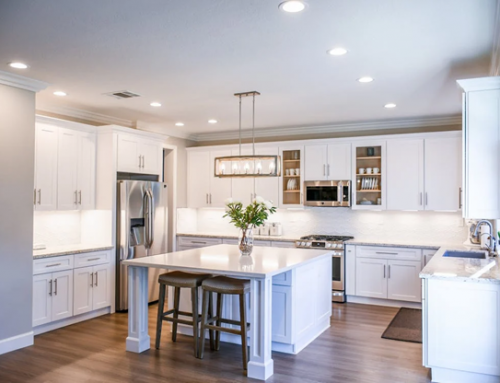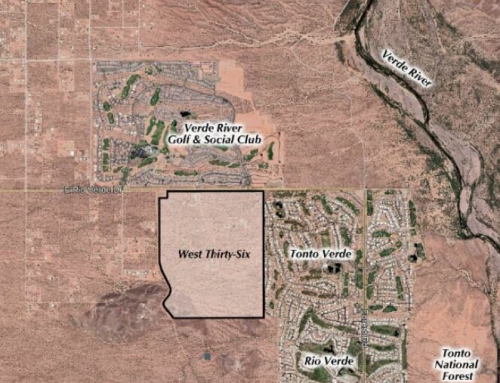
- Location and Linkages – Walkable communities are thriving, livable, sustainable places that give their residents safe transportation choices and improved quality of life. Studies show that a large percentage of the energy a family uses is determined by the location of their home and the transportation energy needed for commuting.
- Sustainable Site – Conventional thinking about land design and development is shifting toward approaches that conserve and restore natural systems and offset development impacts. Green builders and developers take precautions to minimize the impact of the entire building process on the environment.
- Water Efficiency – A typical household uses approximately 260 gallons of water every day. We can reduce this amount and save money by using water more efficiently. A water-saving home has structures and landscapes designed to safely hold rainwater on the property as long as possible. These include permeable landscape materials, low-water plants, low-flow fixtures and appliances, and use of gray water.
- Energy Efficiency – Energy-efficient homes are designed to use less energy, cost less to operate, and generally have less of an impact on the environment and atmosphere. Recent technological improvements in building elements and construction techniques allow most modern energy-saving ideas to be seamlessly integrated into house designs while improving comfort, health and anesthetics.
- Materials and Resources – Environmentally preferred building materials offer specific benefits to homeowners, including reduced maintenance and replacement costs over the life of the building, energy conservation, and improved occupant health and productivity.
- Indoor Environmental Quality – Strategies for addressing indoor environmental quality include those that protect human health, improve quality of life, and reduce stress and potential injuries. Better indoor environmental quality can enhance the lives of inhabitants and increase resale value of the home.
If you are building a new home or renovating an existing home, there is now a wide range of greener options in construction techniques and materials, appliances, lighting, flooring, countertops, furnishings, paints and finishes, and other aspects of construction.
Implementing these green elements will add value to your home, reduce energy use and energy costs, fight climate change, and help protect your health. And a bonus—green homes sell faster and for more money!
While you’re here, check out some of my other blog posts!
Contact me today to help you find your dream home or to sell your existing home!





